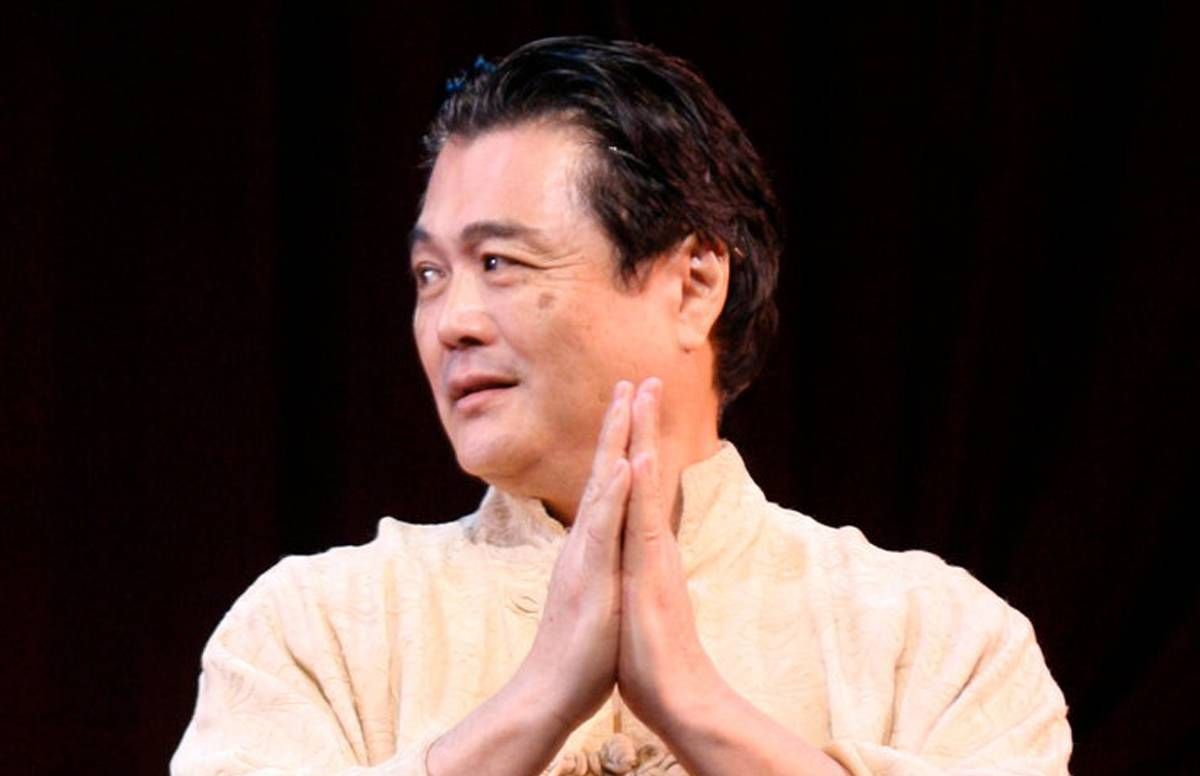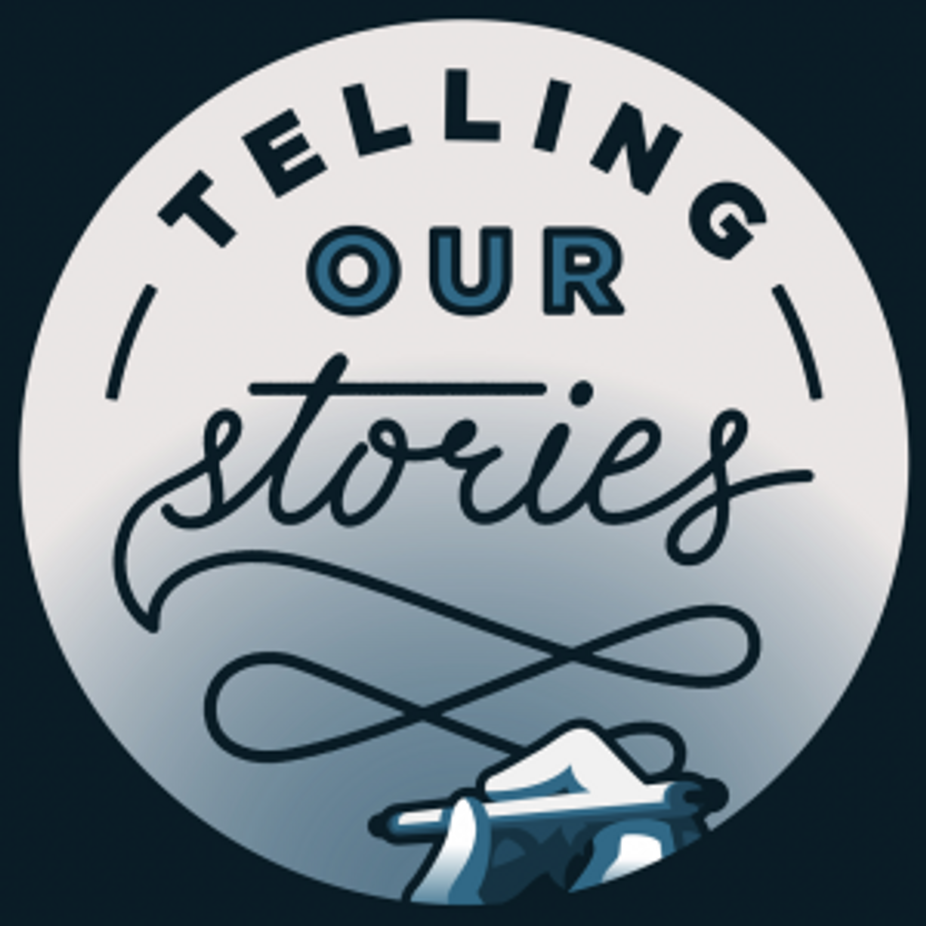Telling Our Stories: This Moment and Why I Write
Award-winning author David Mura on the value of knowing your voice
(Editor's note: This piece by David Mura, National Poetry Series winner and author, is part of a series of essays in conjunction with Next Avenue's Telling Our Stories initiative, inviting readers to submit their own personal essays.)

I’m a Sansei, a third generation Japanese American. During World War II, my parents and their families were imprisoned by the U.S. government because of ginned up racist fears of fifth column activities. In 1988, Congress apologized and admitted the real reasons for the internment camps didn’t involve military security, but “racism, wartime hysteria, and a failure of leadership.”
Because of the camps, at 11 and 15, my parents consciously and even more unconsciously took in this message: Your race and your ethnicity are your crime. And so they tried to assimilate, to downplay their Japanese heritage and adapt into a white middle-class identity — which means they raised me to think of myself as a white person.
It was only in my late twenties, after reading books by Black writers, that I realized I was not white and that I had better begin discovering what it means to be a Japanese American, particularly our history. Ever since, much of my writing has involved my Japanese/Asian American identity and the issues of race; my most recent book yokes these concerns to creative writing, A Stranger’s Journey: Race, Identity & Narrative Craft in Writing.
The Power of Cultural Change
But this year, as COVID-19 inflicted drastic damages on our health and education systems and the U.S. economy, I feared the issues I so cared about in my writing — racial equality and social justice — would be jettisoned, taken from the back burner, where they generally reside, and tossed out the back door in place of other concerns.
And then tragedy struck: At the corner of Chicago and 38 St., George Floyd was arrested and killed by a Minneapolis police officer.
My home is just a few miles from the site of George Floyd’s murder. Two of my adult children work with young people in the area; we all participated in the demonstrations. I visited the intersection where Floyd was killed, and there ran into the Black musician activist Douglas Ewart. He and I remarked on how we’d been working as arts activists and educators for decades and our work was part of the calls for racial justice before our eyes.
Back in 1991, Douglas had joined with me, visual artist Seitu Jones, director Ralph Remington and novelist Alexs Pate on a performance piece that started with the video of the Rodney King beating and the subsequent events in L.A., including conflicts between Korean store owners and the Black and Latinx community. The King video was one of the first video recordings of police brutality.
Writing is where we express the truths of our lives, the stories that we need to tell - no matter the writer's race or sex or orientation or class or age.
Unfortunately, it’s taken many such recordings to acknowledge what the Black community has claimed about the police for 150 years. But now, in a little over two weeks, support for Black Lives Matter went up 25%.
It’s not just cell phone recordings or even direct activism which has led to this change, though. In Who We Be: The Colorization of America, Jeff Chang examines the cultural changes in the post-Civil Rights era, particularly contributions by communities of color, feminists and the LGBTQ community:
Here is where artists and those who work and play in the culture enter. They help people to see what cannot yet be seen, hear the unheard, tell the untold. They make change feel not just possible, but inevitable. Every moment of major social change requires a collective leap of imagination. Change presents itself not only in spontaneous and organized expressions of unrest and risk, but in explosions of mass creativity. So those interested in transforming society might assert: cultural change always precedes political change.
Writing Is Where We Express Truth
Each year, for 18 years, I’ve taught at VONA (Voices of Our Nations Arts), a conference for writers of color. At this year’s virtual conference, I told my class that VONA has been part of this political change we are now seeing — that their voices, their stories of their lives and their communities, are part of this change.
At the same time, during these past weeks, many white people have begun to see that we all must fight for racial justice and equality — not just people of color. But in order to do this, white writers and artists must see themselves anew, see themselves not just within their own communities, but within the context and history of other communities and this multiethnic multiracial America that says, E Pluribus Unum: out of many, one.

This huge shift we are now witnessing is why I write, why I teach, why I have hope for America and my work. Writing is where we express the truths of our lives, the stories that we need to tell — no matter the writer’s race or sex or orientation or class or age.
Readers of Next Avenue now have an opportunity to do this. Discover what you have to say. Value your own voice.
David Mura is the author of two memoirs, Where the Body Meets Memory and Turning Japanese which won an Oakland PEN Josephine Miles Book Award and was a New York Times Notable Book. He has written a novel, Famous Suicides of the Japanese Empire, and four books of poetry: The Last Incantations, Angels for the Burning, The Colors of Desire (Carl Sandburg Literary Award) and After We Lost Our Way (National Poetry Contest winner). His newest work is A Stranger’s Journey: Race, Identity & Narrative Craft in Writing. In 2019, he won the Kay Sexton Award for contributions to the Minnesota literary community.

